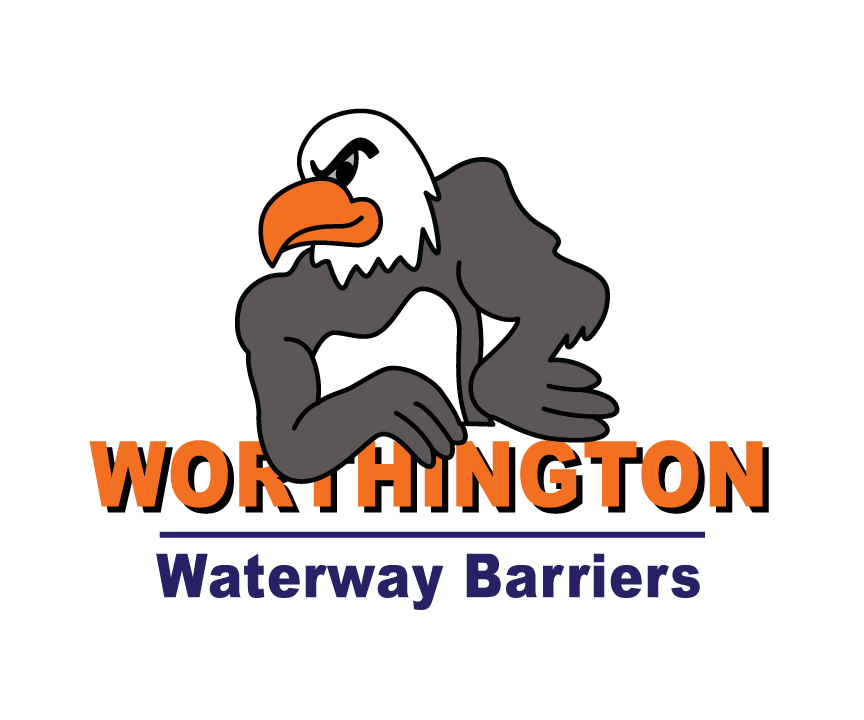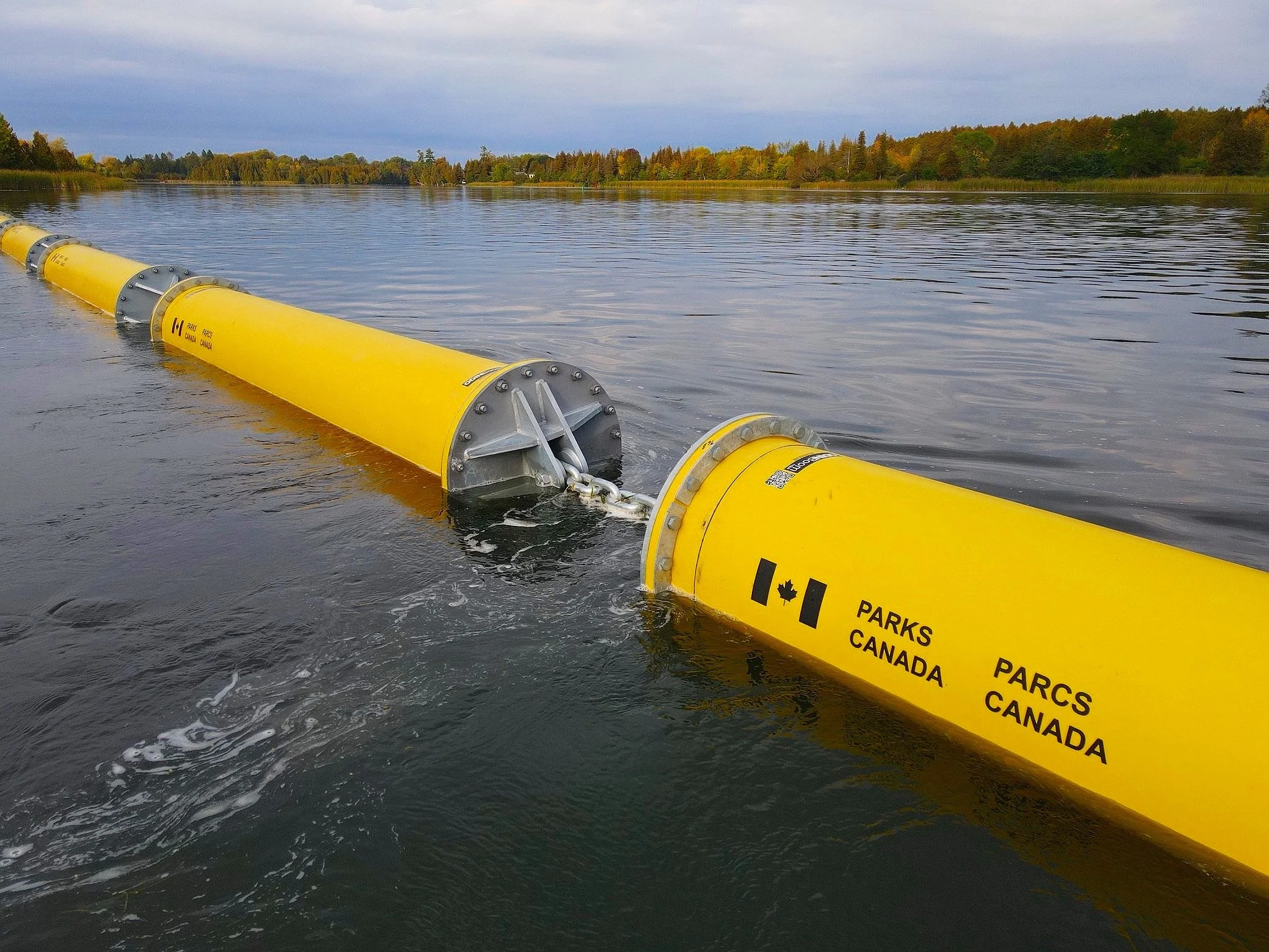BB20 - Debris Master™
The world’s strongest floating debris barrier for stopping massive floating islands, river hyacinth, logs, trees, plastic in rivers, and ocean garbage.
Unmatched Strength.
Impressive Results.
The BB20 Debris Master series of floating debris barriers is the ultimate solution when floating debris and river trash must be stopped before it reaches your dam, intake structure, or ends up as floating ocean garbage.
Each BB20 Debris Master floating debris barrier is precisely engineered to achieve your goals. Around the world, BB20 Debris Master booms contain floating islands of peat in Australia, massive river hyacinth flows in Malawi and acres of floating logs in Laos. You won’t find a stronger floating debris barrier.
-
BB20-Debris Master barriers are engineered floating debris barriers offered in multiple design configurations. The BB20 Series is designed to stop massive floating islands of river trash, floating debris, water hyacinth, and even floating peat islands. In northern climates, the BB20 Series works as an ice boom to promote the creation of an upstream ice sheet to reduce frazil ice formation and to stop the flow of large sheet ice and chunk ice
-
- Control of large mats of floating trash and river debris
- Fish Guidance System
- Ice Booms
- Floating debris deflector boom
- Floating walkways
- Floating Work Platforms
- Control boom for bitumen globs in water
- River Shear Booms
-
Multiple design styles, screen depths, float materials
Fish Guidance Design option.
Ice boom design options.
Personnel walkway options.
Boat access gate and platform options.
Available in HDPE and Rotomolded float design options.
Rigid Screen depths from 1m to 3m.
Flexible screens and netting depths for full water column.
Front mount screens or recessed screen options.
Exceptional debris load capacity.
Standard product platform or site specific designs.
-
BB20 Barriers are typically designed in 20-foot (6.1m) lengths for ease of shipment, handling, and installation.
Screen dimensions can extend 3m (10ft) deep for solid panel screens or chose a hybrid design with solid panels on the upper 3m connected to flexible mesh or netting to extend to the bed of the river or lake.
Designs also take into account shipping width restrictions for ocean containers and overland trucks.
-
Floating debris mats, islands of floating garbage, Floating hyacinth and logs clog waterways, prevent power generation and, in rivers, are a leading source of ocean plastic pollution feeding the ocean garbage patches.
Rivers act as the arteries feeding our oceans with man-made waste. The BoatBuster-20 stops this type of debris and captures it directly at the source where it can be diverted and removed.
USE CASES
Water hyacinth and weeds block critical hydroelectric power intakes.
Shire River Project, Kamuzu Barrage
(Lilwonde, Malaysia). ESCOM suffered frequent power blackouts caused by massive floating islands of water hyacinth and weeds breaking loose and blocking critical hydroelectric power intakes.
After suffering millions of dollars in plant damage and lost generation revenue, the utility was determined to prevent future unplanned outages, equipment damage and blackouts. Worthington designed and supplied a custom BB20 hyacinth barrier at the newly constructed Kamuzu Barrage.
The barrier prevents passage of floating hyacinth by directing it to a shoreline station where the material is removed and disposed.
A USD $3.8 billion dollar hydro plant with a debris problem.
1,285 MW Xayaburi hydroelectric plant
The 1,285 MW Xayaburi hydroelectric plant is a USD $3.8 billion-dollar hydro plant with a debris problem. Project engineers turned to Worthington to design this 595 meter long river floating debris barrier. Each 6.2m long debris boom includes a 3m deep front mounted debris screen with alloy chain connectors between units to form the entire 595m span.
This debris boom prevents floating trash and logs from entering the main power canal. Instead, the debris is deflected to the dam’s massive radial gates where it is safely passed downstream.
Literature
Spillway at risk of full blockage.
Wingecarribee Dam
Wingecarribee Reservoir, owned and operated by WaterNSW (Australia) is unique for the ancient peat swamp immediately upstream of the reservoir, which is a habitat for several endangered species. The reservoir supplies the nearby towns of Bowral and Mittagong, and is part of the Shoalhaven Scheme which during drought also tops up Sydney and Illawarra water supplies.
The sole spillway structure was determined to be at risk of full blockage during a high flow event if segments fo the peat swamp broke free. Worthington provided two BB20 floating debris barriers. A primary barrier is located in the reservoir to control the floating peat mat from drifting while a secondary barrier is located above the spillgate to provide failsafe security.
Frequently Searched Together







